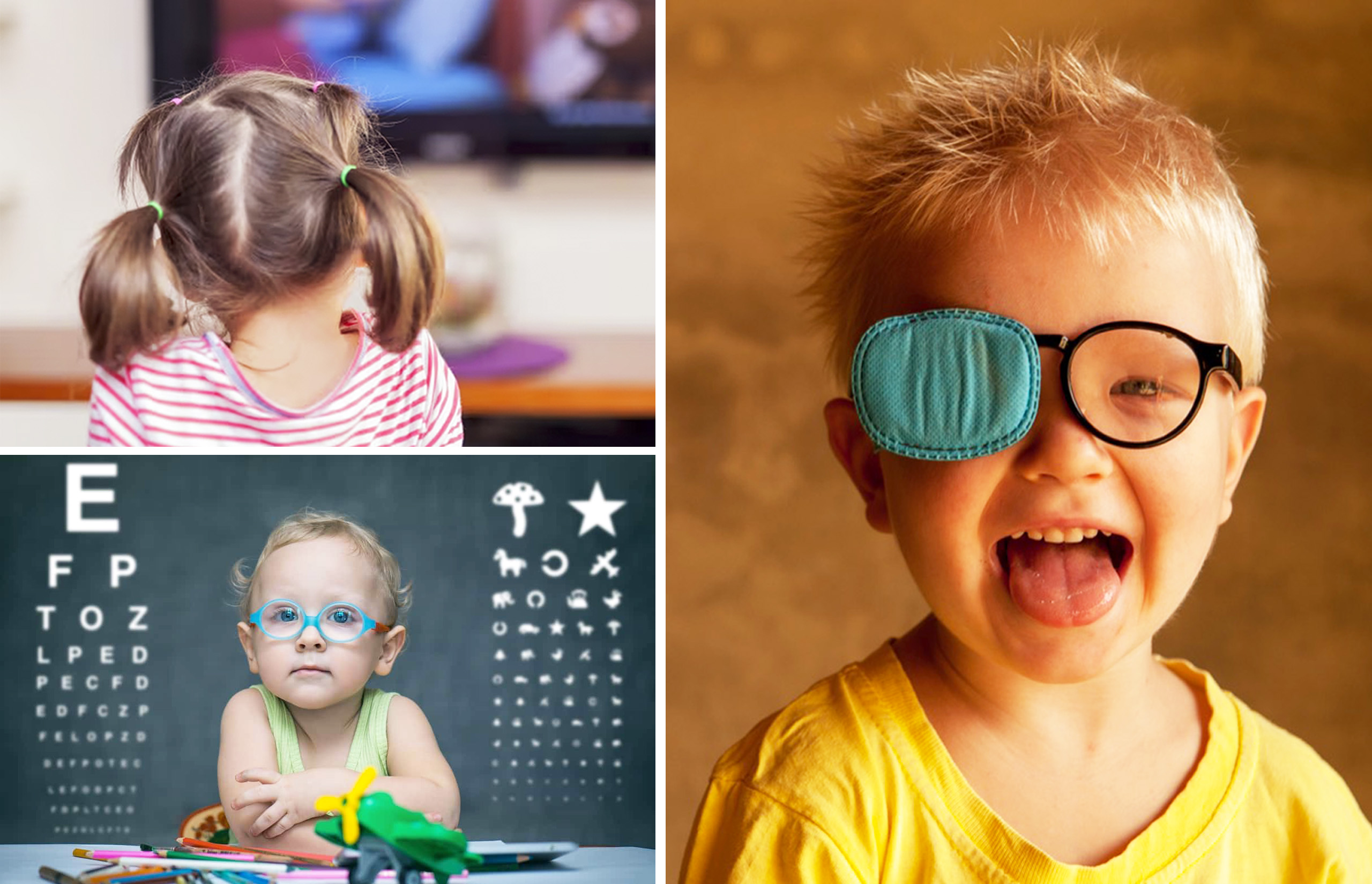Infantile Astigmatism: Do You Know How to Deal with It?

⏱️ 03:10 READING TIME
What is astigmatism?
Astigmatism is a relatively common refractive error that now affects even the youngest audience. It manifests itself by causing blurred or distorted vision at any distance.
In younger children, there is less awareness of what constitutes “correct vision,” making it challenging to receive useful feedback from them to diagnose astigmatism.
How does the structure of an astigmatic eye appear? Firstly, the natural curvature of the cornea or lens has an irregular shape. Typically, both are perfectly concave, with a constant spherical curvature throughout the eye. When the curvature is ovalized, vision becomes blurred at any distance. In a “normal” eye, there is a single focal point on the retina, while an astigmatic eye has different focal points.
What are the causes of astigmatism?
The causes of astigmatism are not entirely clear, but it is believed that a significant factor is genetic, involving heredity. Children of astigmatic parents are more likely to develop this condition, making it congenital. Another important factor, independent of heredity, is eye trauma resulting from injuries, surgeries, or infections.

How do we notice if a child is suffering from astigmatism??
There are behaviors that may alert parents to the possibility of this visual disturbance. Let’s see which one:
If the child struggles to focus on printed words and
- tends to reduce the distance from the monitor while watching TV, attempting to improve focus
- experiences itching and eye fatigue
- suffers from recurrent headaches
- displays redness of the sclera
- has frequent dizziness
- tilts the head to seek better visual comfort
What to do then?
The first step is to take the child to an eye doctor at the beginning of kindergarten, and in any case, before starting elementary school. This way, the child can get used to wearing glasses before facing the intense daily work. The best advice is never to wait for the onset of abnormal behavior to consult an eye specialist but to schedule one or more check-ups during the growth phase.
How is astigmatic vision corrected?
Through the use of toric lenses. These special lenses have a specific correction capacity on both meridians differently, correcting only those areas where focus does NOT fall on the retina, as it normally does in a healthy eye.
Toric lenses can also be photochromic, allowing the child to play safely both indoors and in sunlight without having to worry about changing glasses depending on the situation. In this case, the advantage will also be saving on additional sunglasses.
In milder forms, astigmatism can be improved or almost completely eliminated through eye exercises.
These exercises are prescribed after a thorough eye examination and are based on the results of various tests. The therapy typically includes:
- Eye exercises
- Use of special lenses or filters
- Application of eye patches
- Specific stimulating programs on the computer
They are usually prescribed for older children due to the consistency they can already develop, but it is not challenging today to get a child or teenager used to these measures given their simplicity.
Astigmatism can be lived with comfortably, as it is not a visually debilitating condition. The key is to rely on regular check-ups with a trusted eye specialist, capable of providing optical instruments with high-quality and precision requirements.
